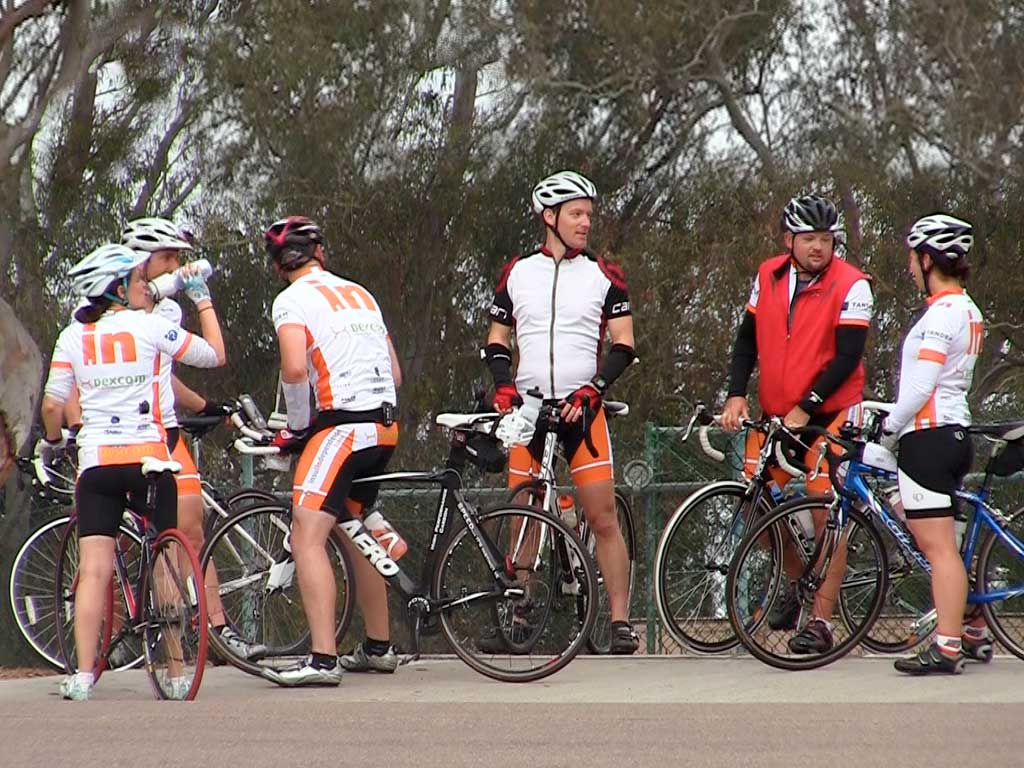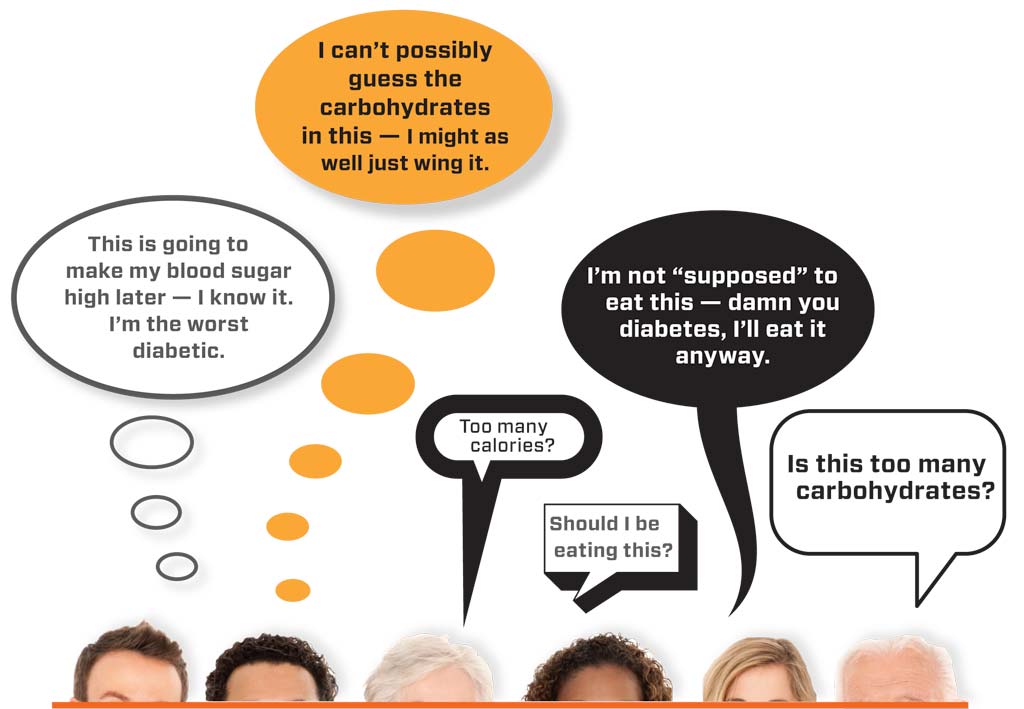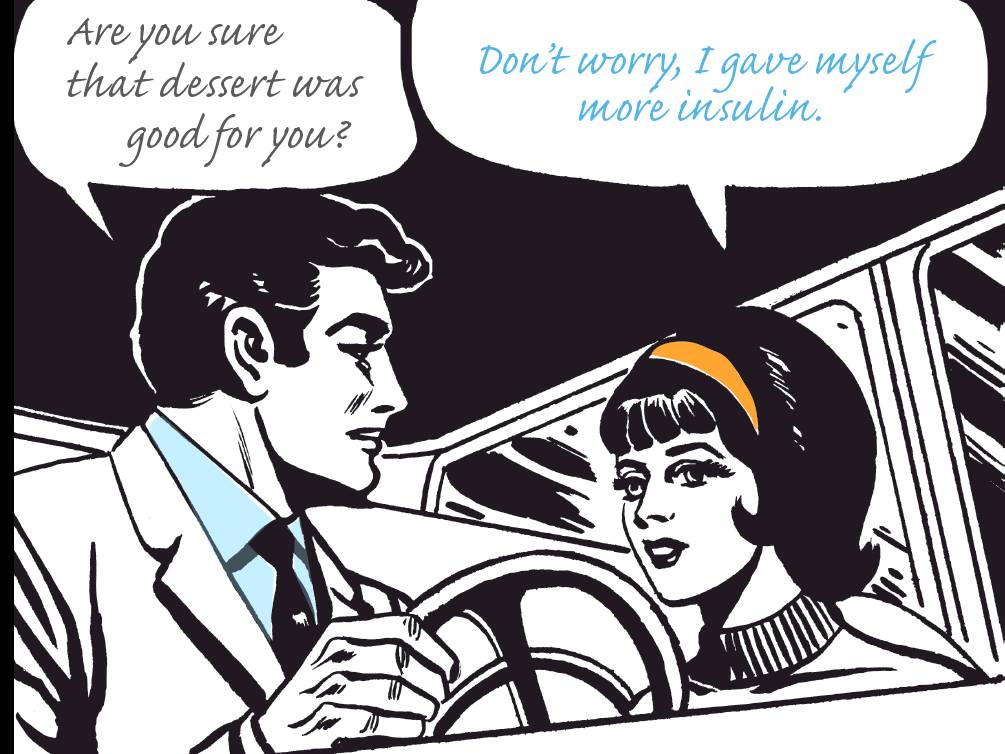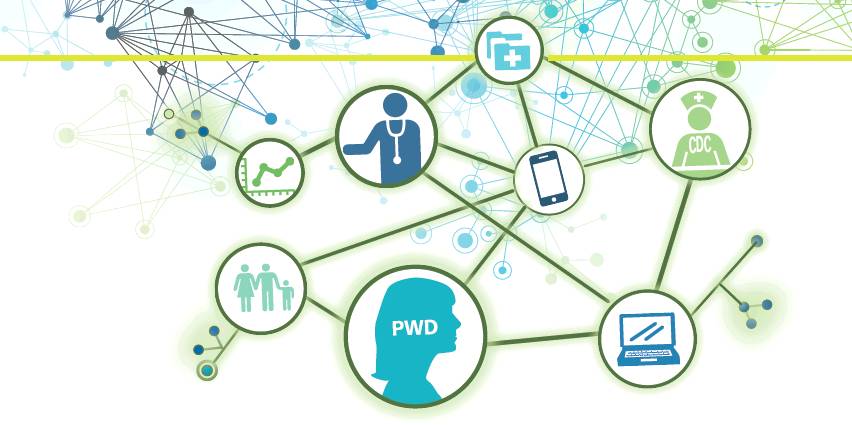
I’ve had Type 1 for 16 years; I am also a pilot. Unfortunately, flying and Type 1 diabetes traditionally have not mixed well, at least according to the law.
I currently hold a commercial glider license, and enjoy flying gliders, which offer one of the purest, most complex, and most exhilarating experiences of aviation. Glider pilots are exempt from carrying a medical certificate required for power pilots, so they are less exclusionary for people with Type 1. This doesn’t really mean gliders are any less dangerous; in fact, they can do many extreme things that power planes can’t up in the air, and some even have turbine engines. Because I have Type 1, I’m usually barred from working with turbine engines…unless they are on a glider. This just illustrates the absurdity of laws barring people with Type 1 from some pilot licenses.
I have fought to change the FAA rules that limit pilots with Type 1 diabetes. A few years back, a bill passed with bipartisan support that allows pilots with Type 1 to obtain a license to fly two-seat-or-less aircraft with very limited weight and horsepower. As pilots with Type 1 obtained the right to fly, they quickly created data proving they can fly light aircraft safely.
There are, however, significant problems with this new license. For one, while it costs nearly the same as a regular pilot’s license and requires the same amount of training, in the end pilots with Type 1 are usually restricted to older antique aircraft. And some other legal absurdities also remain. For example, I can now obtain a license to fly a Piper Cub plane, but not a Piper Tri-Pacer, even though they are, for all intents and purposes, the same plane. Why? Because the first plane has two seats, and the second plane has four.
There is now a new bipartisan bill in Congress that will allow people with Type 1 to obtain a regular private pilot’s license and fly normal light aircraft. While we won’t be allowed to fly large commercial aircraft, it will allow us to fly aircraft that any normal private pilot can fly.
With modern technology like continuous glucose monitors, smart insulin pumps, and, in my case, fast-acting inhalable insulin, there is no excuse left for restricting people with diabetes from flying light aircraft. To read more about it, you can go to http://govt.eaa.org/. If you agree with the bill’s language, you can follow the links to ask your member of Congress to support it.
Insulin Nation takes no official stance on this bill. The views expressed above are the author’s alone, and may not reflect the views of this publication’s staff.
Thanks for reading this Insulin Nation article. Want more Type 1 news? Subscribe here.
Have Type 2 diabetes or know someone who does? Try Type 2 Nation, our sister publication.







